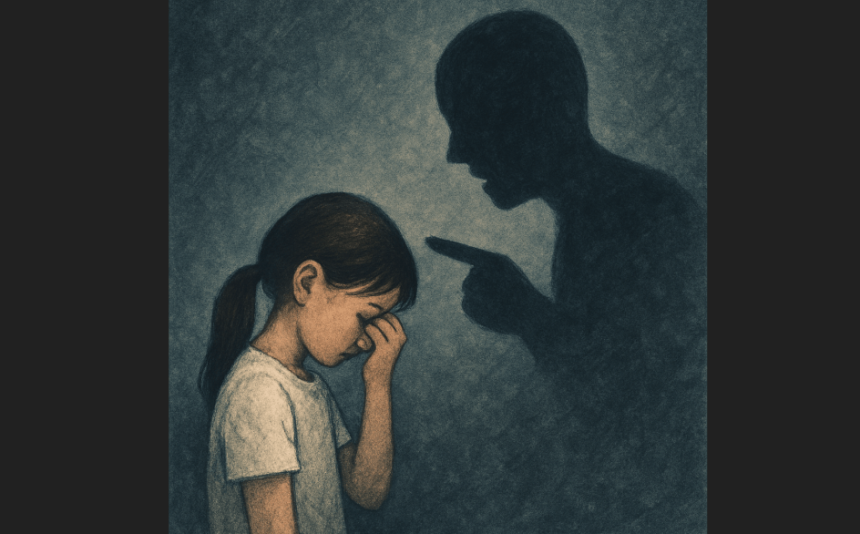A growing crisis of child sexual abuse and exploitation is unfolding in private spaces across Western Europe, according to a damning new report.
A comprehensive analysis conducted by the Childlight Global Child Safety Institute, hosted at the University of Edinburgh, has shed light on the deeply disturbing scale of the issue.
Drawing on 48 population-based studies from 19 European countries, the report paints a chilling picture of what it calls a “hidden emergency.”
Nearly 15 Million Children Affected
The research estimates that 7 per cent of children across Western Europe are subjected to rape or sexual assault before turning 18. In parallel, almost 20 per cent report being solicited or groomed online, for unwanted or coerced sexual interactions facilitated through digital platforms.
That means around 15 million children in the region could be victims.
The findings expose not just the sheer number of affected children, but also stark gender differences. Girls are disproportionately impacted, with 9.7 per cent of females reporting abuse, compared to 3.9 per cent of males.
“People often say home is where the heart is, but, sadly, for too many children, home is where the hurt is,” said Paul Stanfield, Chief Executive of Childlight.
He added: “We see betrayal of trust by those known to children on a vast scale, compounded by insufficient protections by tech companies and regulators to avoid digital crime scenes in children’s bedrooms.
It’s a hidden emergency in places where children should be safest, an avalanche of abuse behind closed doors – but it’s preventable, not inevitable.”
Online Exploitation and Deepfake Danger
The digital world isn’t just a haven for predators; it’s increasingly becoming a tool for abuse. The report flagged a 325 per cent spike in AI-generated “deep fake” abuse content between 2023 and 2024, according to figures from the US-based National Centre for Missing and Exploited Children.
This surge in synthetic child abuse imagery has raised serious concerns about how technology is being misused to further victimise children, often without their knowledge or consent.
“Hardest to Measure, Hardest to Confront”
Professor Deborah Fry of the University of Edinburgh, who led the research, stressed that the reality is likely even worse than the data shows.
“Even though the evidence is limited to a handful of countries and prevalence estimates vary widely, what we know about sexual violence against children within families underscores the need to invest in primary prevention or stopping it before it ever starts,” she said.
Abuse that takes place within the home, often by someone known to the child, is particularly difficult to uncover. Children frequently remain silent either out of fear, guilt, confusion, or misplaced loyalty.
“They may fear the abuser or that they will hurt their family, they may blame themselves, or not realise that what happened was abuse.
Yet we know it can lead to lasting trauma, affecting the health and even life expectancy of survivors,” Professor Fry explained.
Urgent Need for Action
The findings of the Childlight report come with a strong call to action. Experts are urging governments, tech companies, schools, and community organisations to treat child sexual abuse as a public health emergency, not just a criminal matter.
Key Recommendations:
- Stronger regulation of tech platforms to detect and remove exploitative content faster.
- Increased investment in prevention programmes, especially in schools and family services.
- Improved support systems for survivors to report abuse and access mental health care.
- Public education campaigns to raise awareness and break the silence around abuse.
A Crisis That Can’t Be Ignored
The report serves as a grim reminder: the places children should feel safest, their homes, their schools, even their bedrooms, are often where abuse takes root. And as long as it’s happening behind closed doors, it remains dangerously invisible.
This isn’t just another troubling statistic. It’s a call to confront an epidemic that too often slips under the radar. “It’s a hidden emergency,” Stanfield warns, “but it doesn’t have to be.”
For more updates on child safety and protection policies in the UK and Europe, stay connected with UK News Blog.






